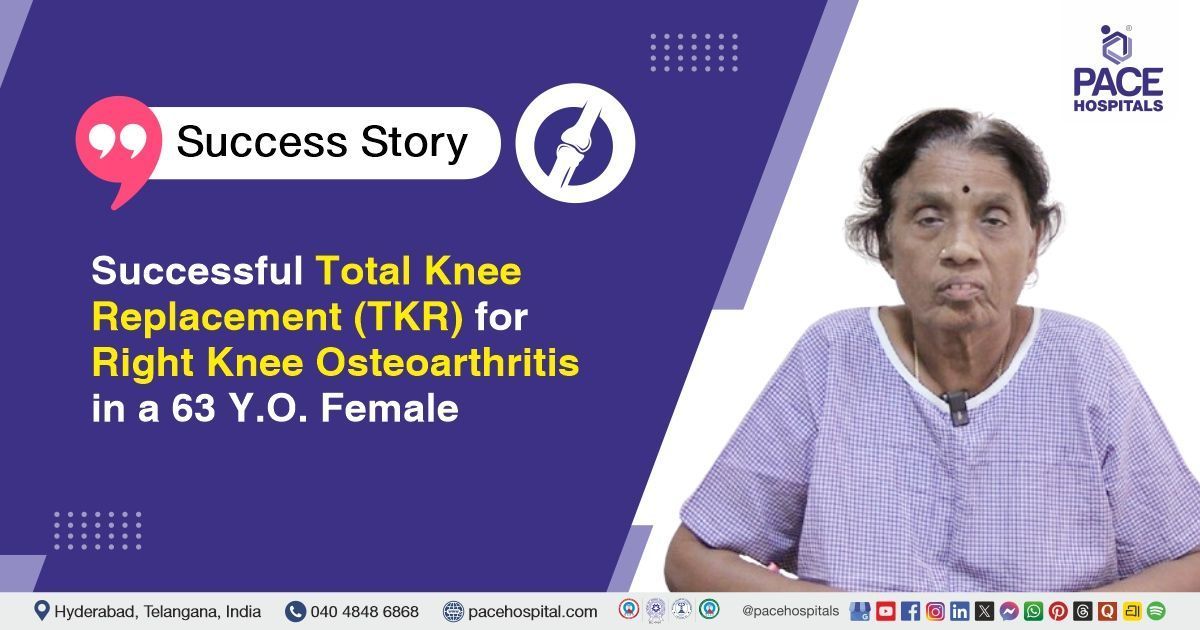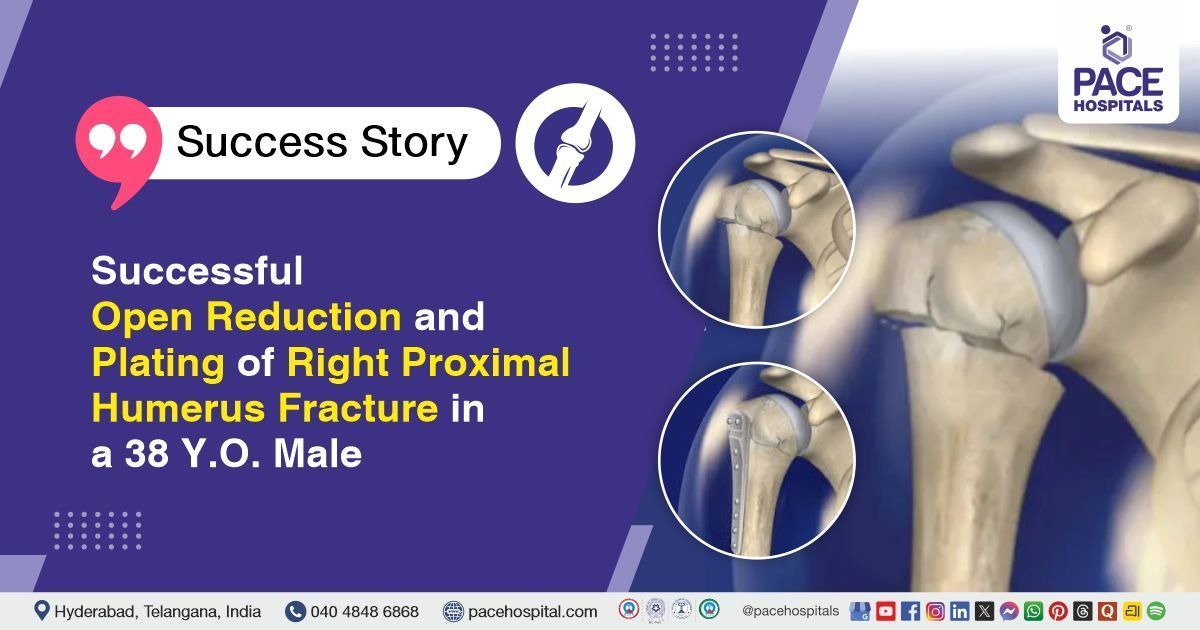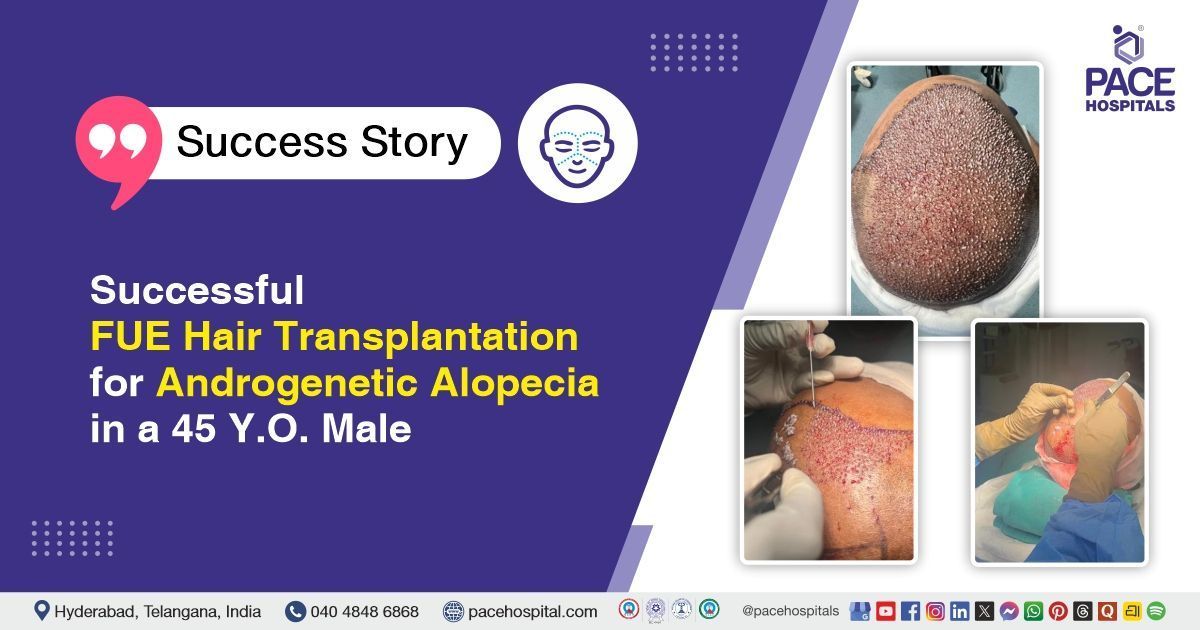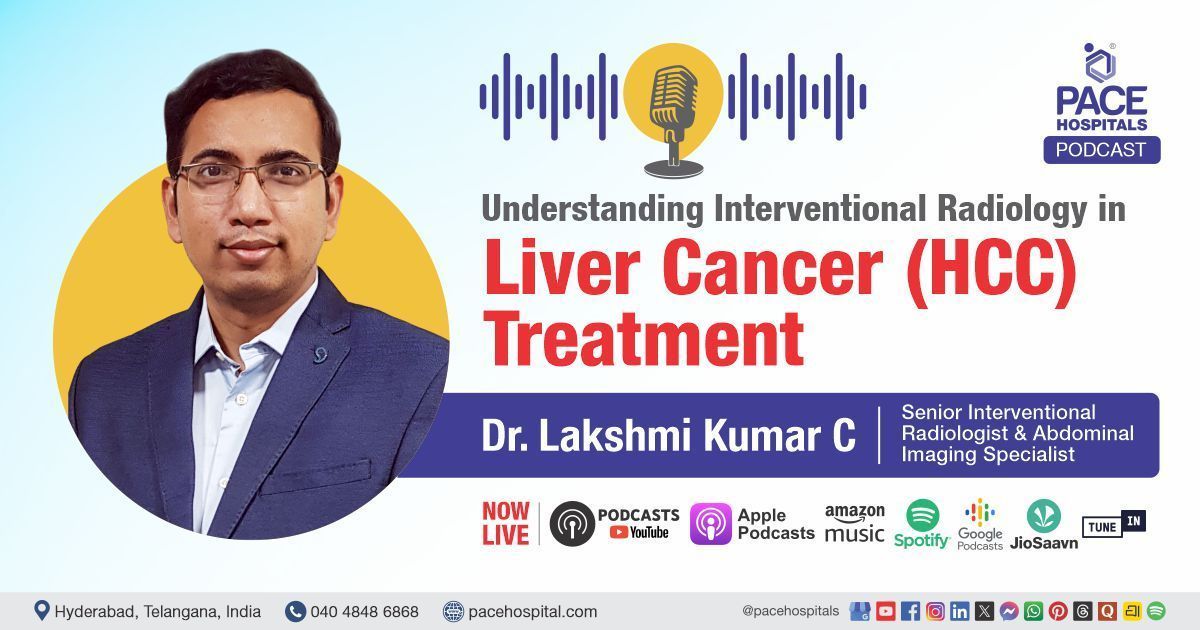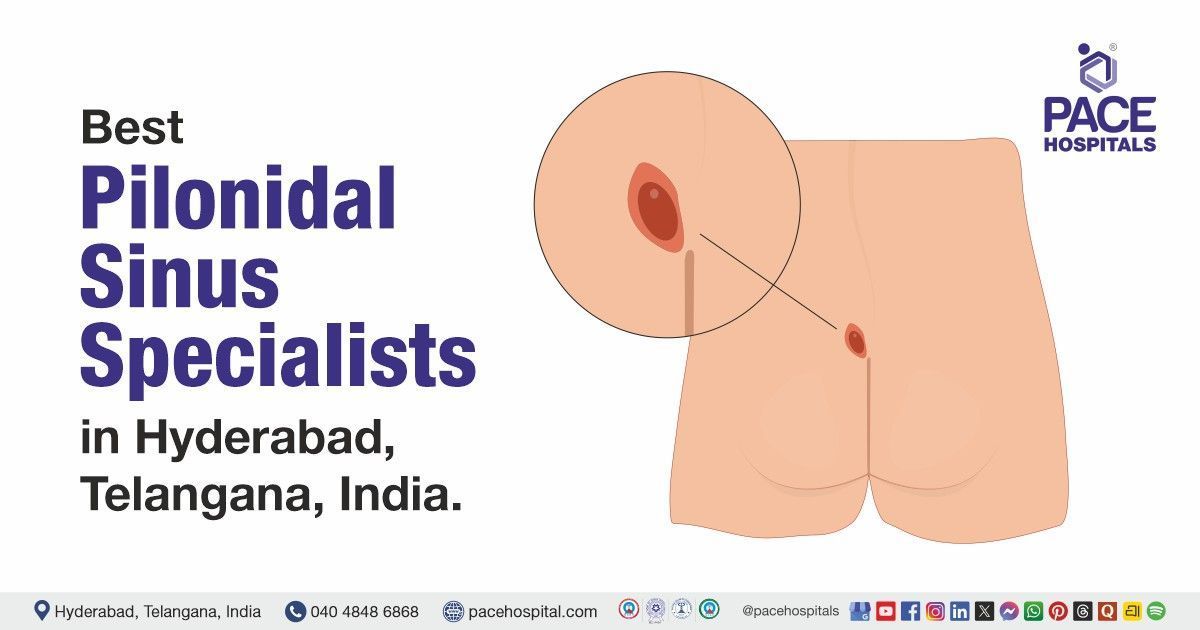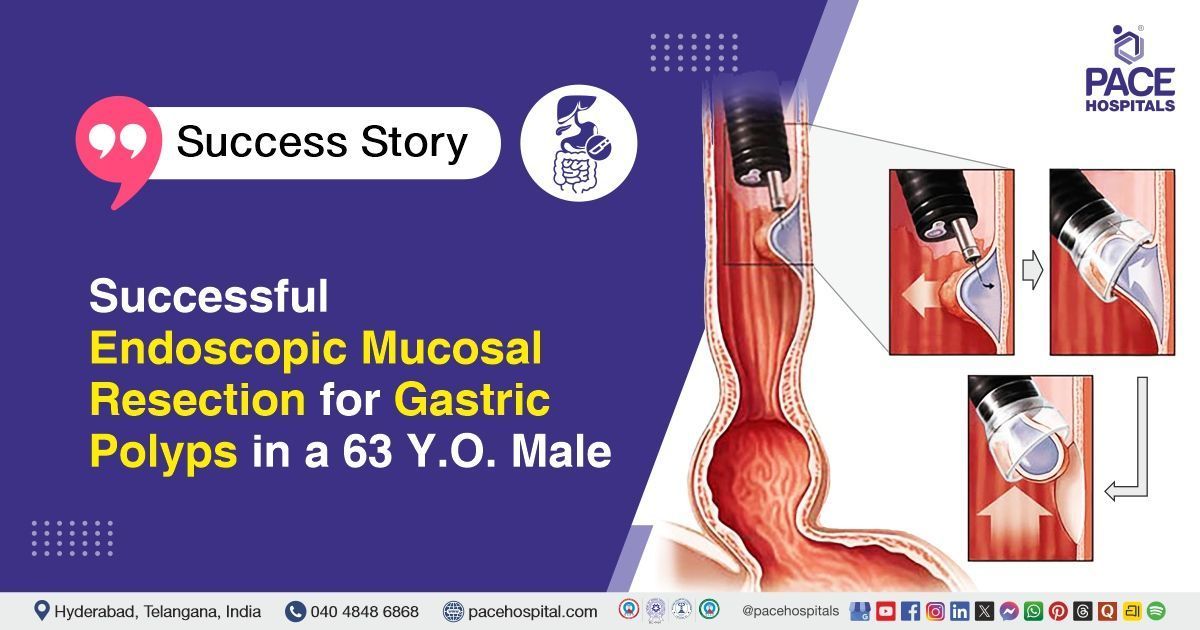Successful Peroral Endoscopic Myotomy (POEM) for Type III Achalasia in a 29 Y.O. Male
PACE Hospitals
The PACE Hospitals' expert gastroenterologist team successfully performed a Peroral Endoscopic Myotomy (POEM) on a 29-year-old male patient diagnosed with Achalasia Cardia Type III, with an Eckardt score of 4, indicating moderate symptoms. He had presented with difficulty swallowing both solids and liquids for the past 3 years, along with regurgitation and chest pain for 2 years. The procedure resulted in significant symptomatic relief, with improvement in his swallowing ability and overall functional recovery and quality of life.
Chief Complaints
A 29-year-old male with a body mass index (BMI) of 18 presented to the Gastroenterology Department at PACE Hospitals, Hitech City, Hyderabad, with chief complaints of difficulty swallowing both solids and liquids for the past 3 years, along with regurgitation and chest pain for the past 2 years. His Eckardt score was 4, indicating a moderate symptom burden.
Past Medical History
The patient had no known history of
hypertension or
diabetes. The absence of these comorbid conditions was considered clinically favourable, as it minimised the risk of intraoperative and postoperative complications and supported a smoother, more stable recovery.
On Examination
On physical examination, the patient was conscious, coherent, and oriented with stable vital signs. A systemic examination, including an abdominal assessment, revealed a soft, non-tender abdomen with no palpable masses or signs of discomfort. There were no signs of acute gastrointestinal distress, which was consistent with his clinical stability, although his ongoing symptoms suggested an underlying esophageal motility disorder that required further intervention.
Diagnosis
Upon admission to PACE Hospitals, the patient was thoroughly evaluated by the Gastroenterology team, which included a clinical examination and a 3-year history of progressive difficulty in swallowing, along with regurgitation and chest pain. There was a strong clinical suspicion of achalasia cardia, a primary esophageal motility disorder.
The patient underwent a comprehensive diagnostic evaluation for swallowing difficulty. Esophageal manometry showed (MIRP 19.3,) high lower esophageal sphincter (LES) pressure with absent LES relaxation and esophageal contraction, consistent with Type 3 Achalasia. A barium swallow study revealed a dilated esophagus with absent peristalsis, and upper GI endoscopy demonstrated a dilated esophagus with pooling of saliva, suggestive of achalasia cardia. Routine blood and urine tests revealed a slight eosinophilia in the complete blood count (CBC), and ketones were detected positively in the urine analysis. Additionally, the procalcitonin level was elevated, which may indicate a possible underlying infection. Chest X-rays were normal.
Based on the confirmed diagnosis, the patient was advised to undergo
Achalasia Cardia Treatment in Hyderabad, India, under the expert care of the Gastroenterology Department.
Medical Decision-Making (MDM)
After a detailed consultation with the consultant gastroenterologists, Dr. Govind Verma, Dr. M. Sudhir, and Dr. Padma Priya, a comprehensive evaluation was carried out to determine the most suitable diagnostic and therapeutic approach for the patient. The gastroenterology team worked together to address the patient's complex clinical presentation, ensuring a tailored treatment plan specific to his condition. Based on their collective expertise and assessment, it was determined that the patient had Achalasia Cardia Type 3 and Peroral Endoscopic Myotomy (POEM) was identified as the most effective intervention to relieve his symptoms.
The patient and his family were informed about his condition, the procedure, its associated risks, and its potential to alleviate symptoms and enhance his quality of life.
Surgical Procedure
Following the decision, the patient was scheduled for Peroral Endoscopic Myotomy (POEM) Surgery in Hyderabad at PACE Hospitals, under the expert care of the Gastroenterology Department.
The Peroral Endoscopic Myotomy (POEM) procedure was carried out in the following steps:
- Preparation and Anesthesia: The patient was evaluated preoperatively by the anaesthesiology team and deemed fit for surgery. Intravenous antibiotics were administered prophylactically, and the patient was placed under general anesthesia for the endoscopic procedure.
- Mucosal Incision: An upper GI endoscopy was performed, revealing a dilated esophagus with pooling of saliva, suggestive of achalasia cardia. A mucosal incision was made approximately 9 cm above the gastroesophageal junction using a T-type electrosurgical knife under direct visualization.
- Submucosal Tunnelling: A submucosal tunnel was carefully created extending beyond the Lower Esophageal Sphincter (LES) into the proximal stomach. Careful haemostasis was achieved by coagulating visible vessels to prevent bleeding during the tunnelling process.
- Muscle Myotomy: The circular muscle fibres of the lower esophagus and LES were selectively divided within the submucosal tunnel to relieve the functional obstruction characteristic of achalasia. The extent of the myotomy was adequate and in line with standard POEM (Peroral Endoscopic Myotomy) protocols.
- Closure and Final Check: The mucosal entry site was closed with endoscopic clips, and a final endoscopic inspection was performed. The endoscope passed freely through the GE junction, confirming a successful myotomy with no visible complications or mucosal injuries.
The surgery was successfully completed without any complications. Afterwards, the patient was closely monitored to support a stable recovery.
Postoperative Care
The patient was shifted to the Medical Intensive Care Unit (MICU) for monitoring and was kept nil per oral (NPO). On postoperative day 3, a CT chest and abdomen, showed bilateral mild pleural effusion with basal lung atelectasis, and minimal free air in the right subdiaphragmatic region, which was not suggestive of any leak, along with an oral Gastrograffin study, showed no signs of leak or perforation. Ultrasound of the abdomen was largely normal except for right-sided minimal pleural effusion. He was gradually initiated on clear liquids, followed by stepwise dietary advancement. Supportive therapy included IV fluids, antibiotics, proton pump inhibitors, antifungals, and routine monitoring. The patient showed significant symptomatic improvement and remained hemodynamically stable throughout hospitalization.
Discharge Medications
Upon discharge, the patient was prescribed a course of oral antibiotic and antifungal medications to prevent postoperative infections. Proton pump inhibitors (PPIs) were advised to reduce gastric acid secretion, and a gastroprotective syrup was included to protect the esophageal and gastric mucosa during the healing period. Additionally, a urinary antiseptic sachet was prescribed to prevent urinary tract infections. Detailed instructions on the medication regimen and potential side effects were explained to ensure proper adherence and optimal recovery.
Advice on Discharge
The patient was advised to sleep with the head end of the bed elevated at an angle of 30–45 degrees to minimize gastroesophageal reflux. It was recommended to have early dinners and to maintain a gap of 3–4 hours between dinner and sleep to facilitate better esophageal emptying. The patient was strictly advised to avoid consuming biscuits, dhokla, and bread, as these may lead to bolus obstruction or symptom exacerbation. Additionally, the patient was instructed to follow every meal, solid or liquid with warm water to aid in esophageal clearance and comfort.
Dietary Advice
The patient was advised to follow a liquid diet for one-week post-discharge, followed by a soft diet for the next three weeks to aid healing and ease swallowing.
Emergency Care
The patient was informed to contact the emergency ward at PACE Hospitals in case of any emergency or development of symptoms like fever, abdominal pain, or vomiting.
Review and Follow-up Notes
The patient was advised to return for a follow-up visit after one month with the Gastroenterologist in Hyderabad at PACE Hospitals, to review his condition.
Conclusion
This case highlights the effectiveness of Peroral Endoscopic Myotomy (POEM) in managing achalasia cardia, leading to significant symptom relief and a marked improvement in the patient's quality of life.
Perioperative Care for Achalasia Patients Undergoing POEM
Perioperative care for achalasia patients undergoing peroral endoscopic myotomy (POEM) is planned and monitored by the gastroenterologist / gastroenterology doctor through structured steps that ensure safety and smooth recovery. Patients are usually kept nil per oral (NPO) immediately after the procedure and started on prophylactic antibiotics to reduce infection risks. Around the third postoperative day, imaging studies such as a gastrograffin swallow and CT chest/abdomen are done to rule out leaks or perforation.
Once stability is confirmed, a gradual diet progression is introduced, starting from clear liquids and advancing to semisolids. Supportive measures like IV fluids, proton pump inhibitors, antifungals, and continuous monitoring are commonly provided. This systematic approach minimizes complications and promotes timely recovery.
Share on
Request an appointment
Fill in the appointment form or call us instantly to book a confirmed appointment with our super specialist at 04048486868


